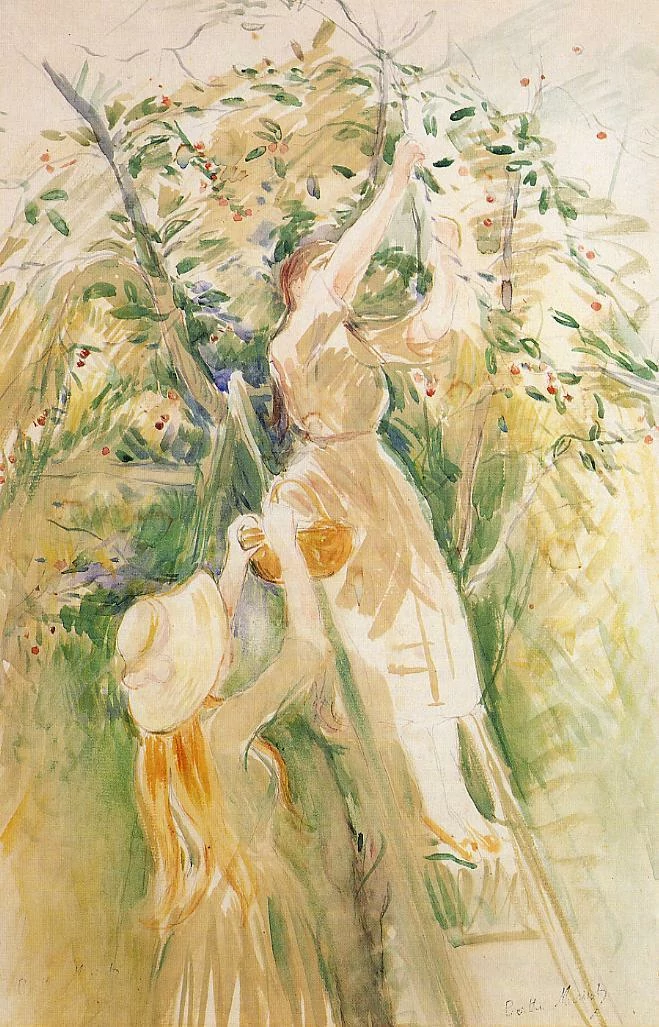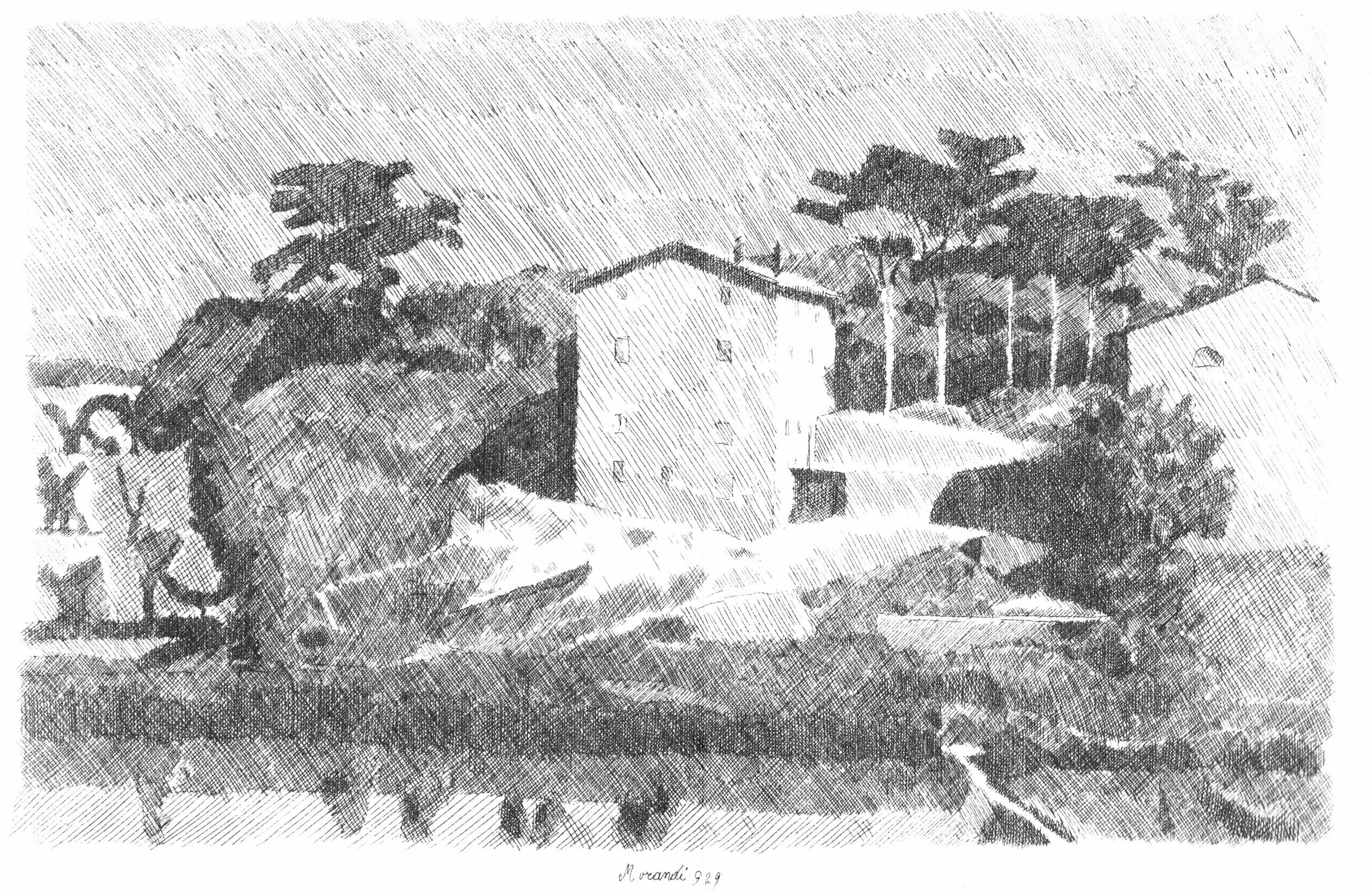
Fairy Tale Mikalojus Konstantinas Čiurlionis, 1909
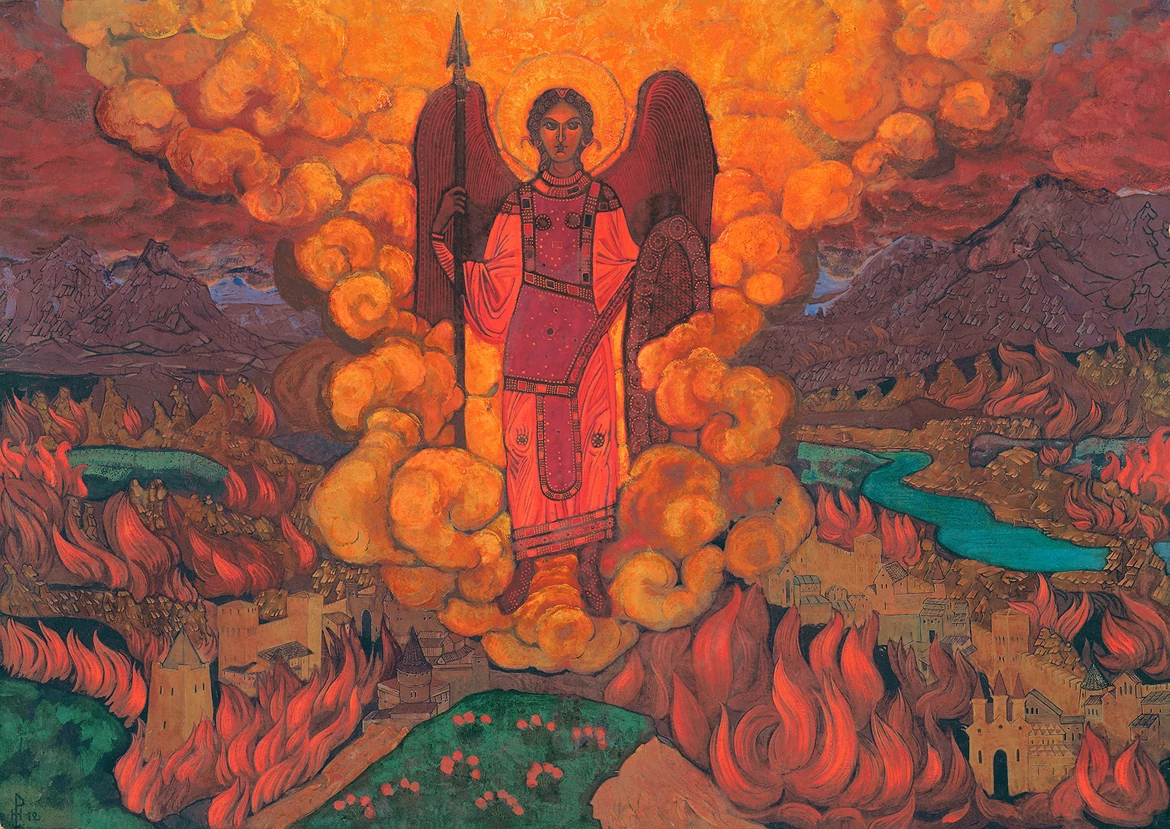
The Last Angel Nicholas Roerich, 1912
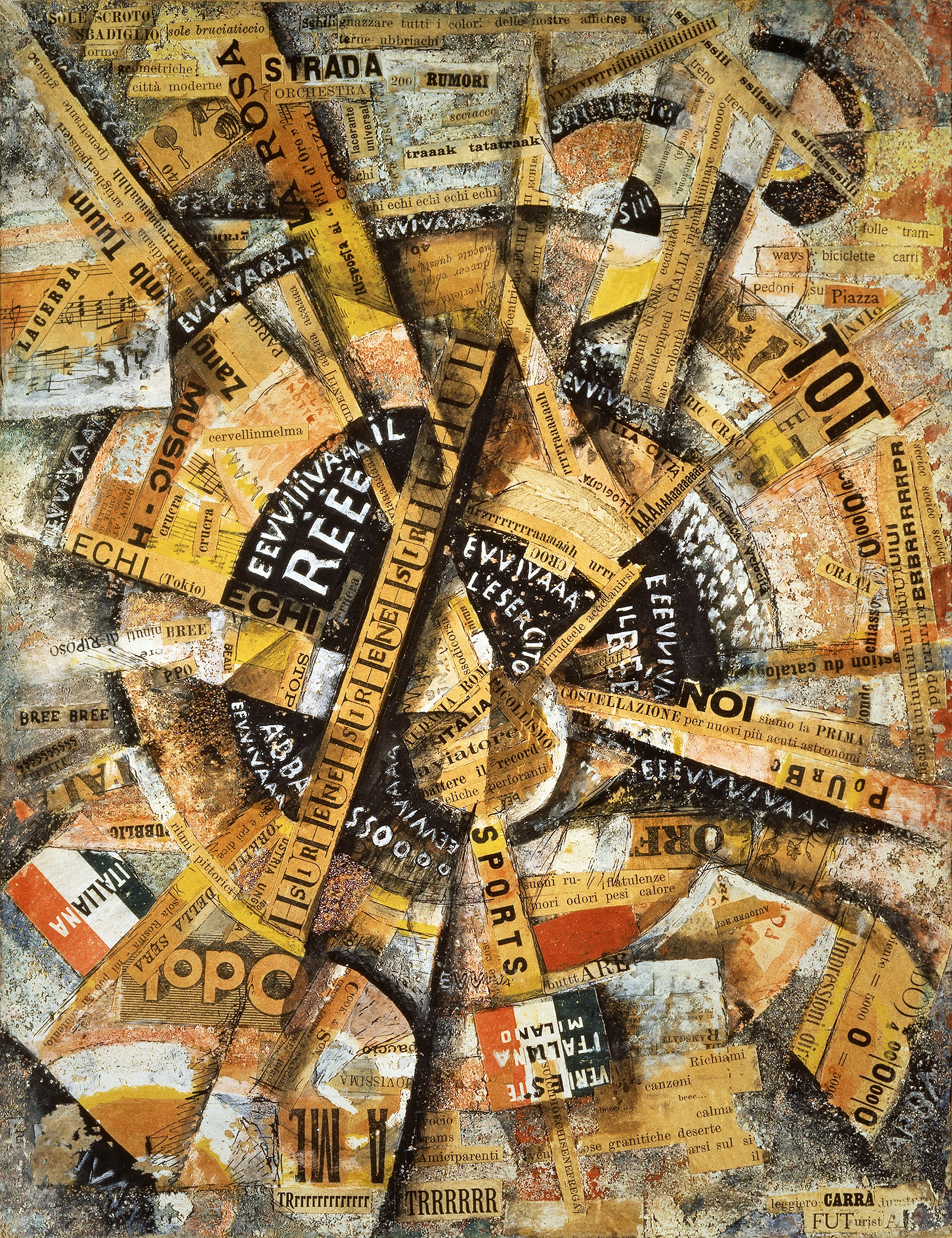
Interventionist Demonstration Carlo Carrà, 1914

Altarpiece No. 1 Group X Hilma af Klint, 1915

Group IX/SUW No. 8, The Swan, No. 8 Hilma af Klint, 1915

Group IX/SUW, The Swan, No. 1 Hilma af Klint, 1915

Anthill Marianne von Werefkin, 1916
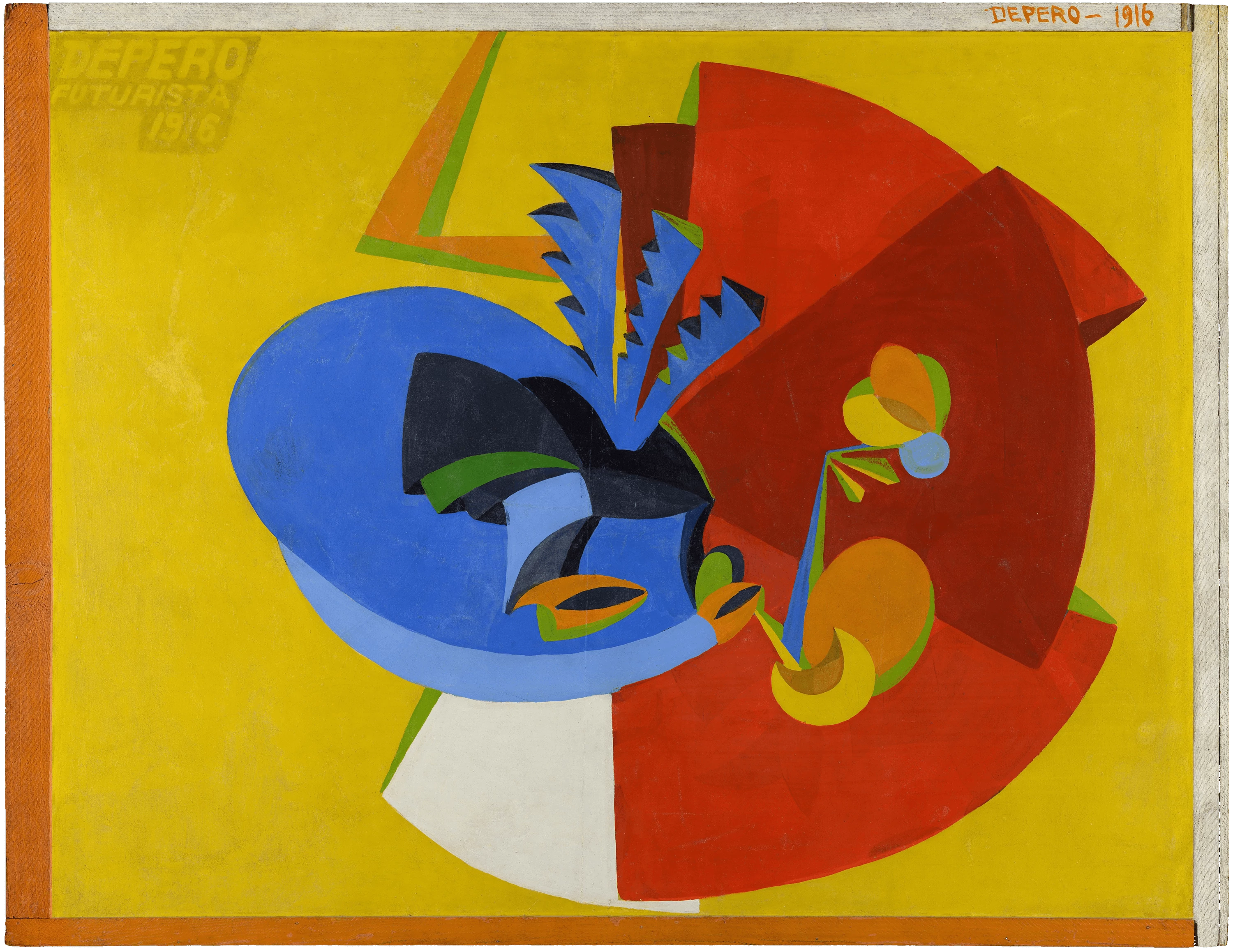
Bird in Motion Fortunato Depero, 1916

New York Albert Gleizes, 1916

Spanish Dancer Albert Gleizes, 1916

Fantastic night Marianne von Werefkin, 1917

Le Muillard Élisabeth Chaplin, 1920
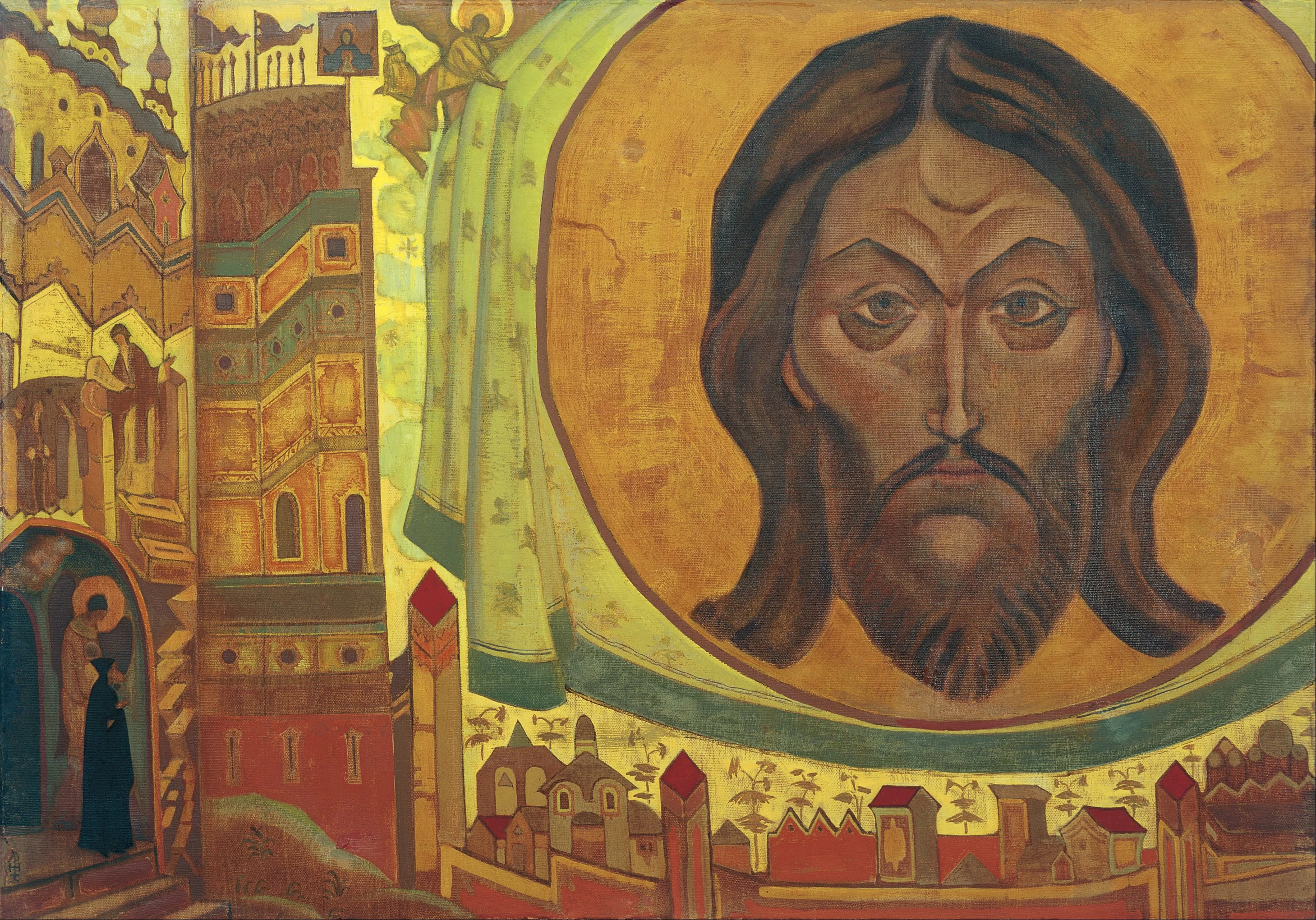
And We See Nicholas Roerich, 1922

Decoration Mainie Jellett, 1923

Padma Sambhava Nicholas Roerich, 1924
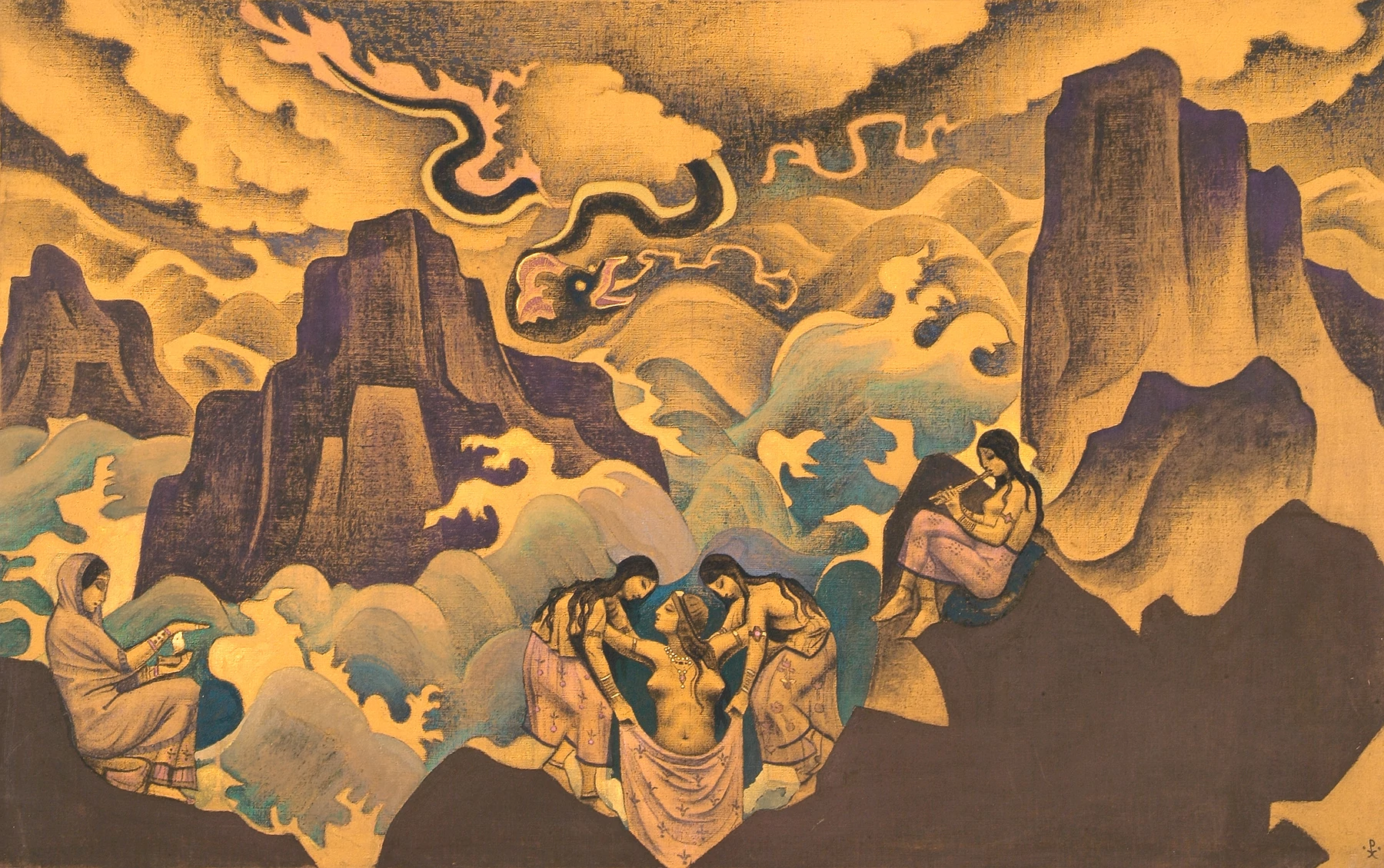
Serpent of Wisdom Nicholas Roerich, 1924

Power of the Caves Nicholas Roerich, 1925

Proun 99 El Lissitzky, 1923 – 1925
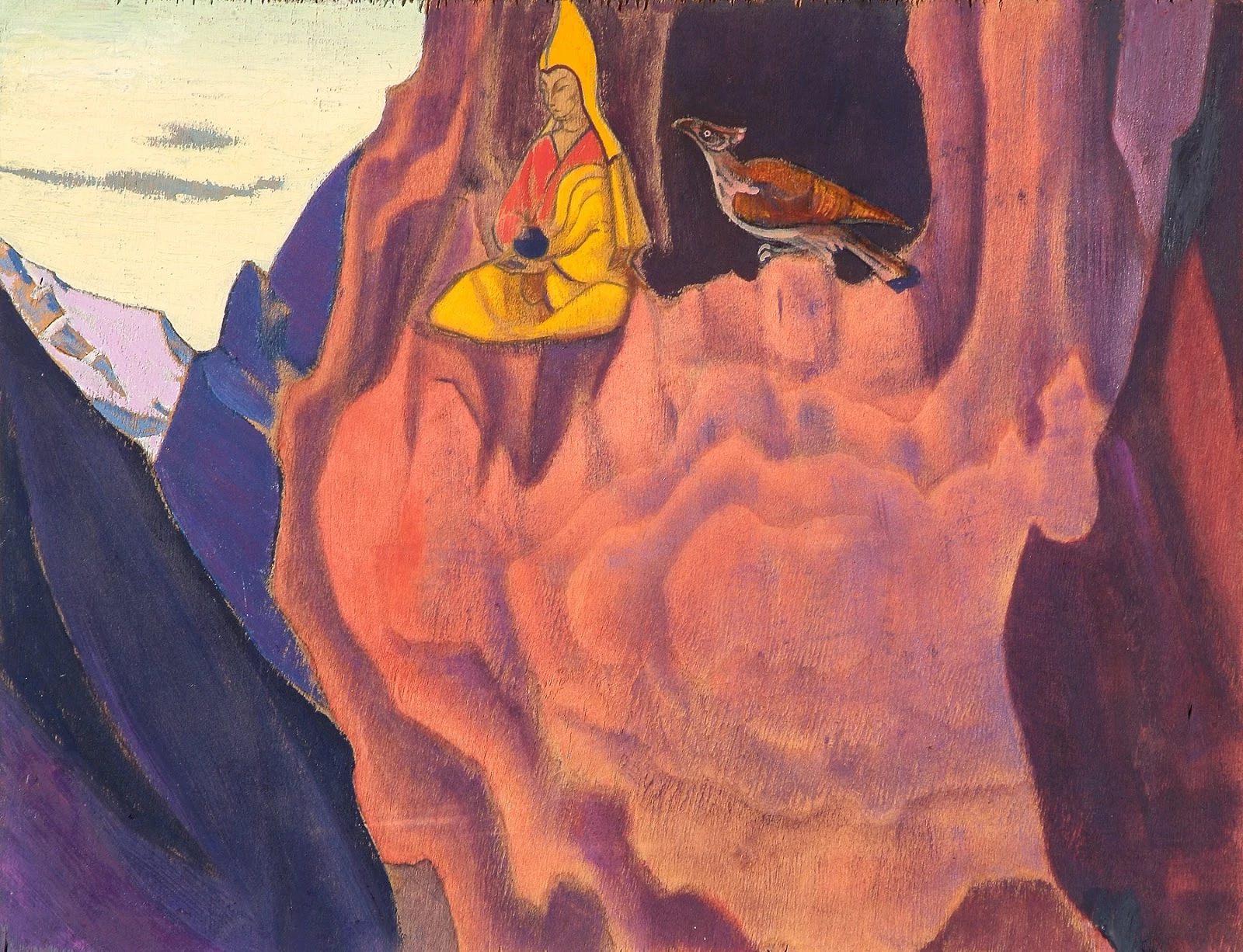
Tidings of the Eagle Nicholas Roerich, 1927
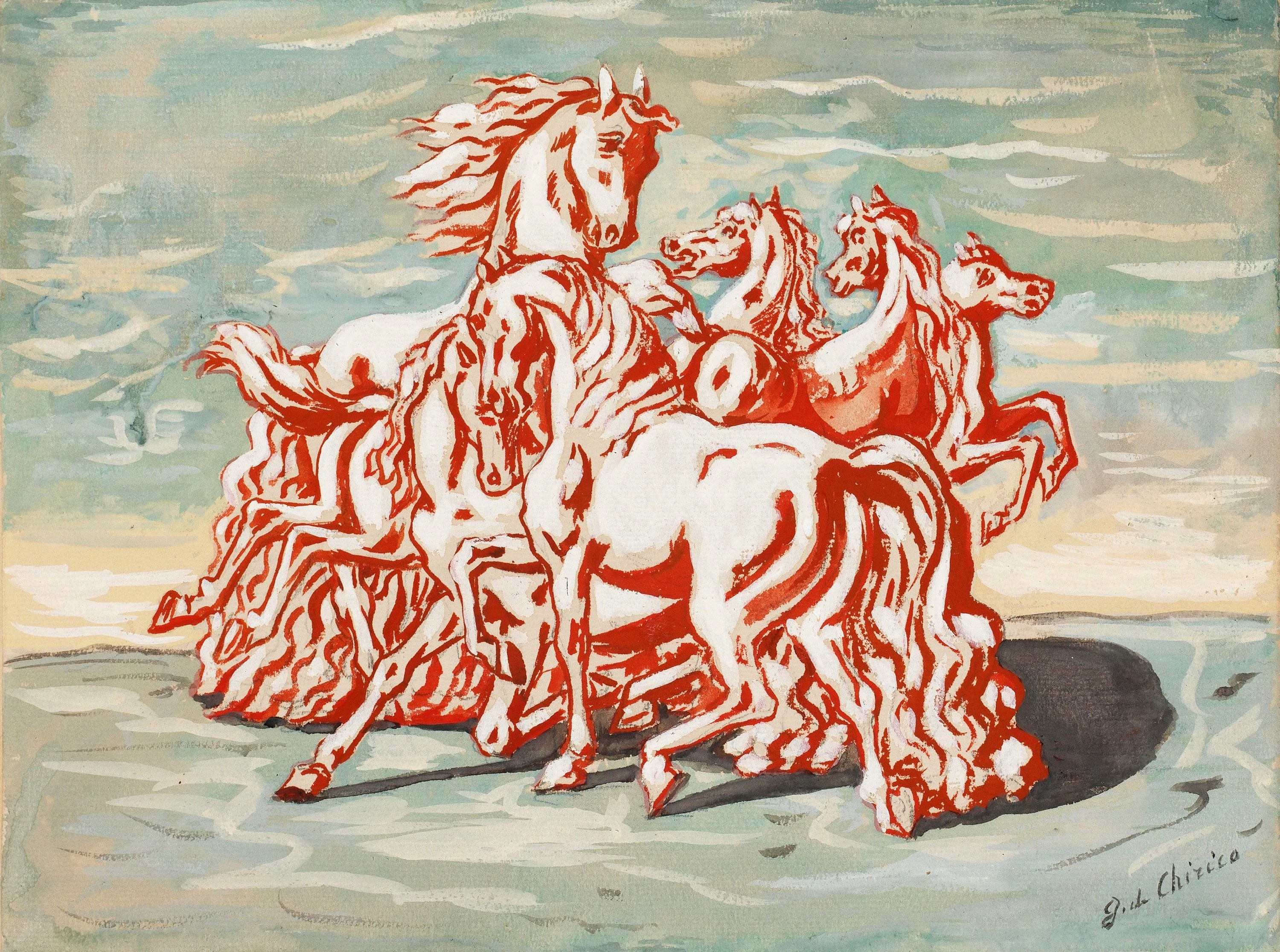
Cavalli Giorgio de Chirico, 1930
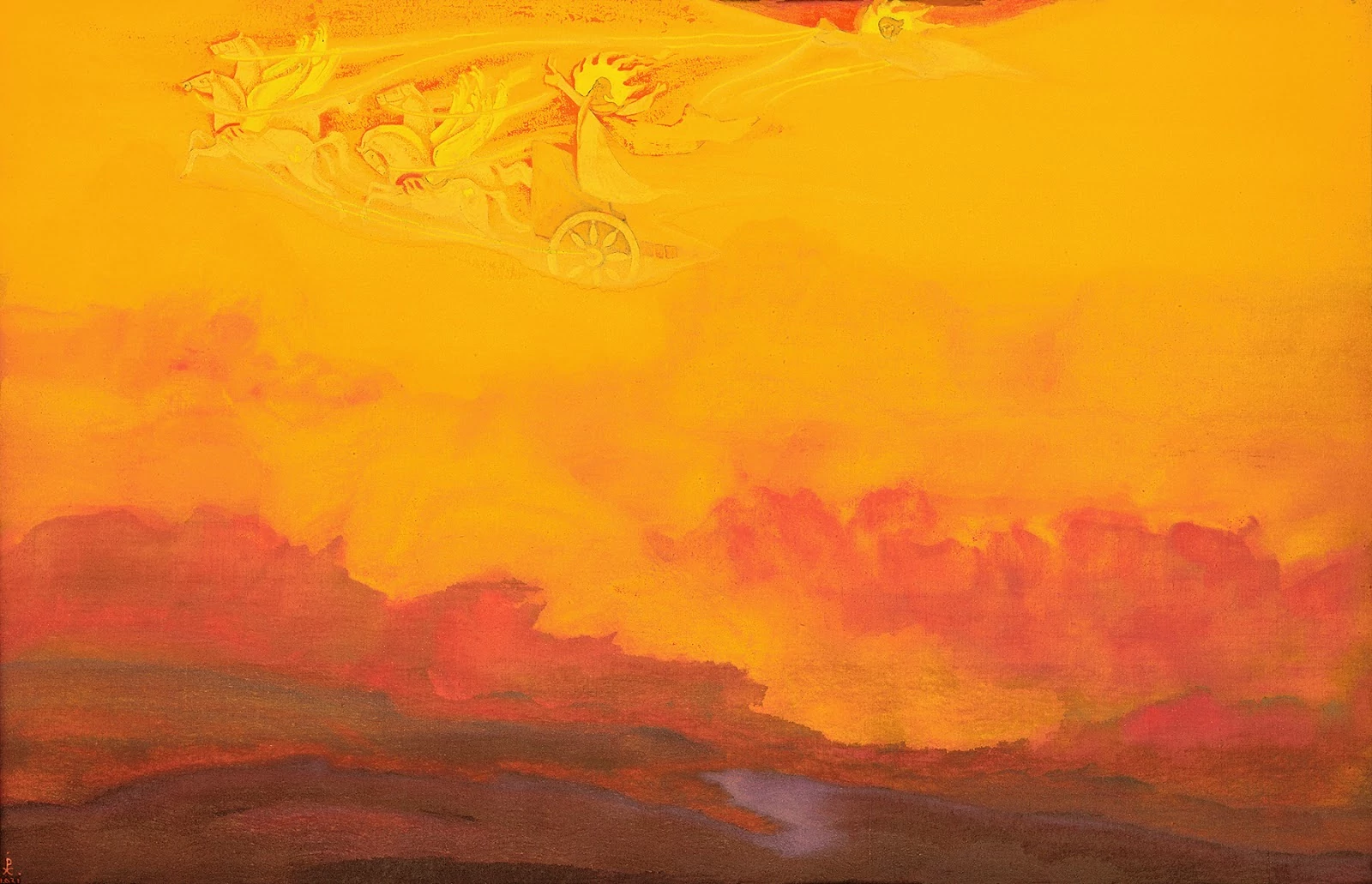
Elijah the Prophet Nicholas Roerich, 1931
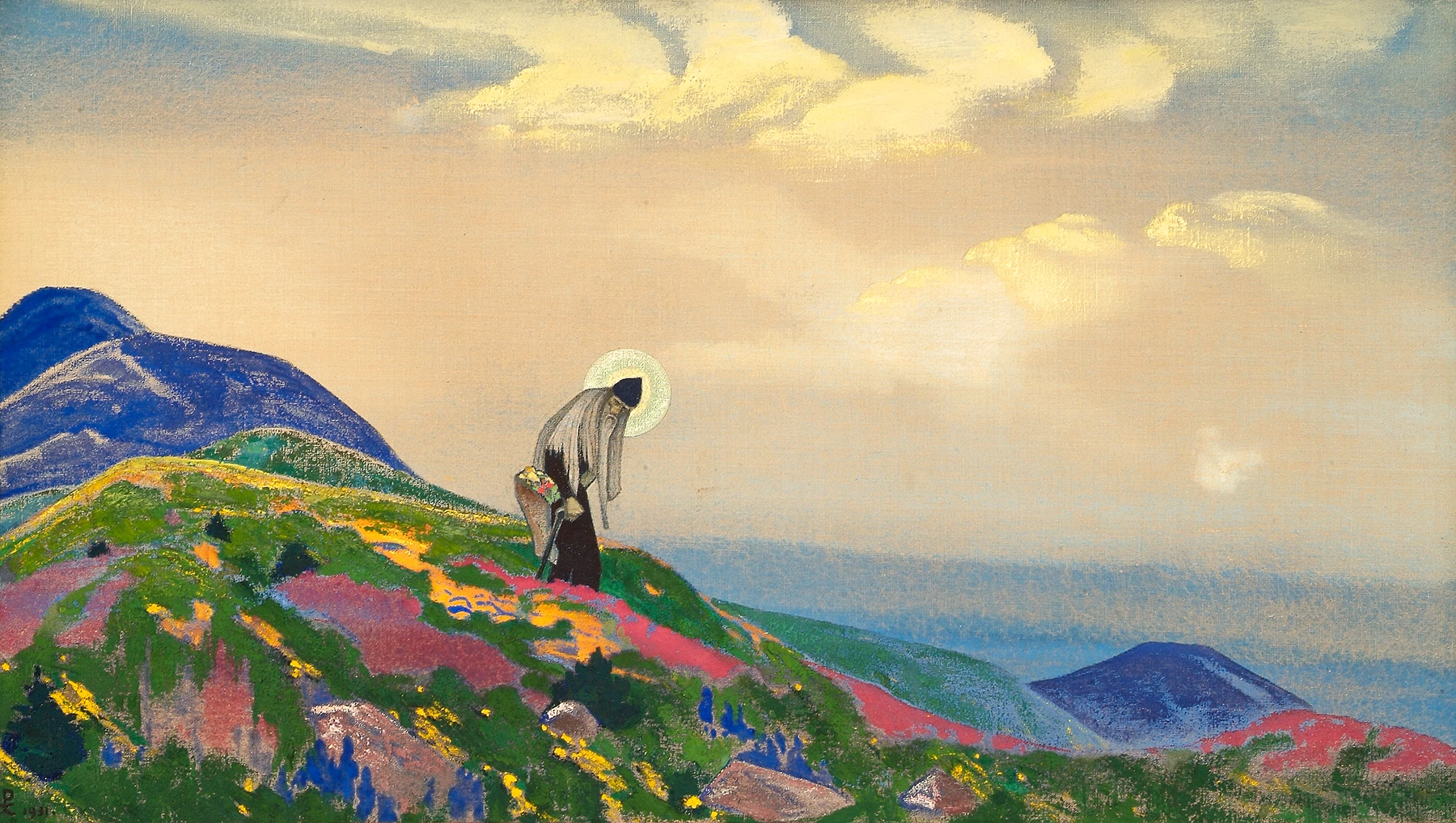
Saint Panteleimon the Healer Nicholas Roerich, 1931
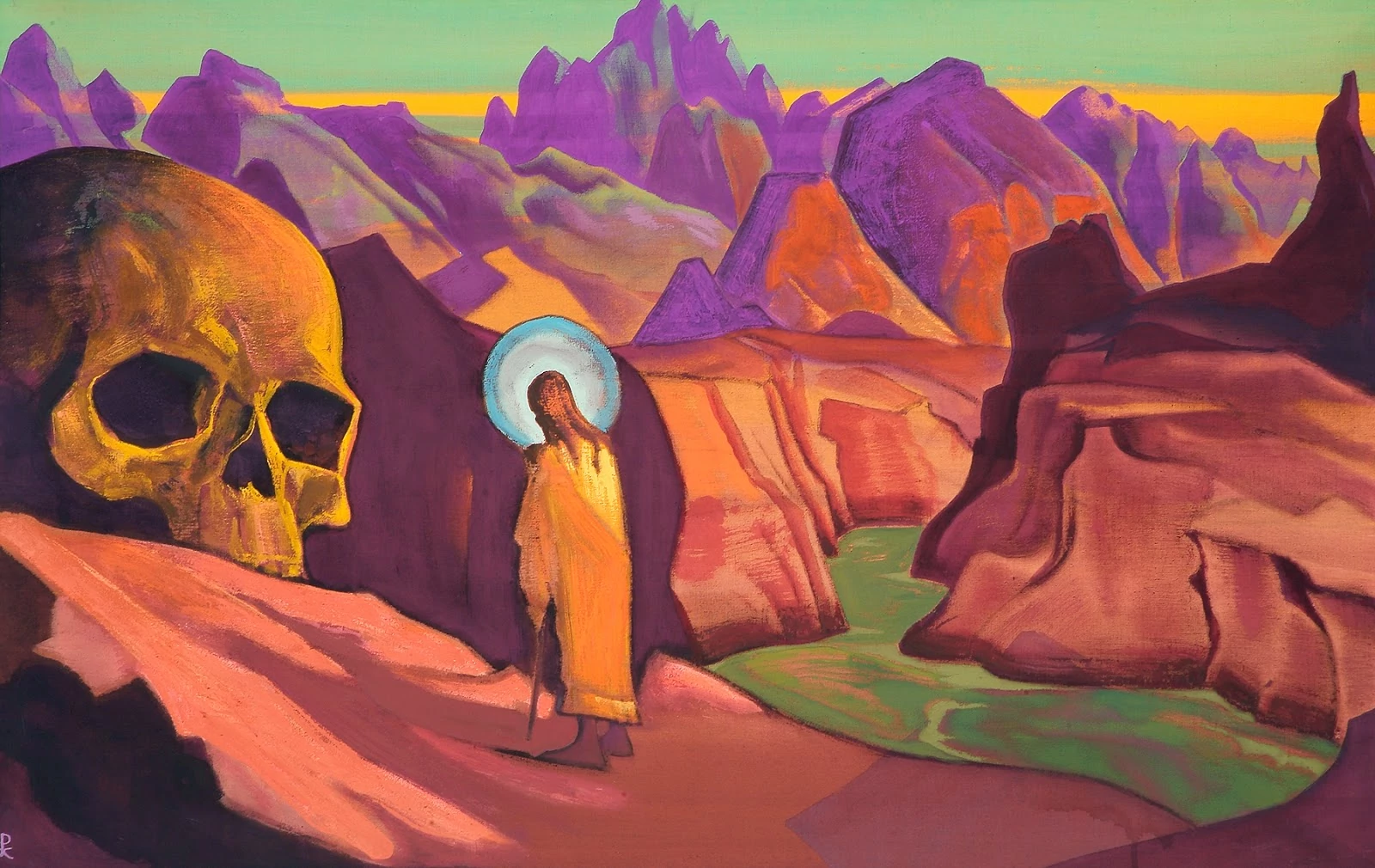
Issa and the Skull of the Giant Nicholas Roerich, 1932

Kuan-yin Nicholas Roerich, 1933
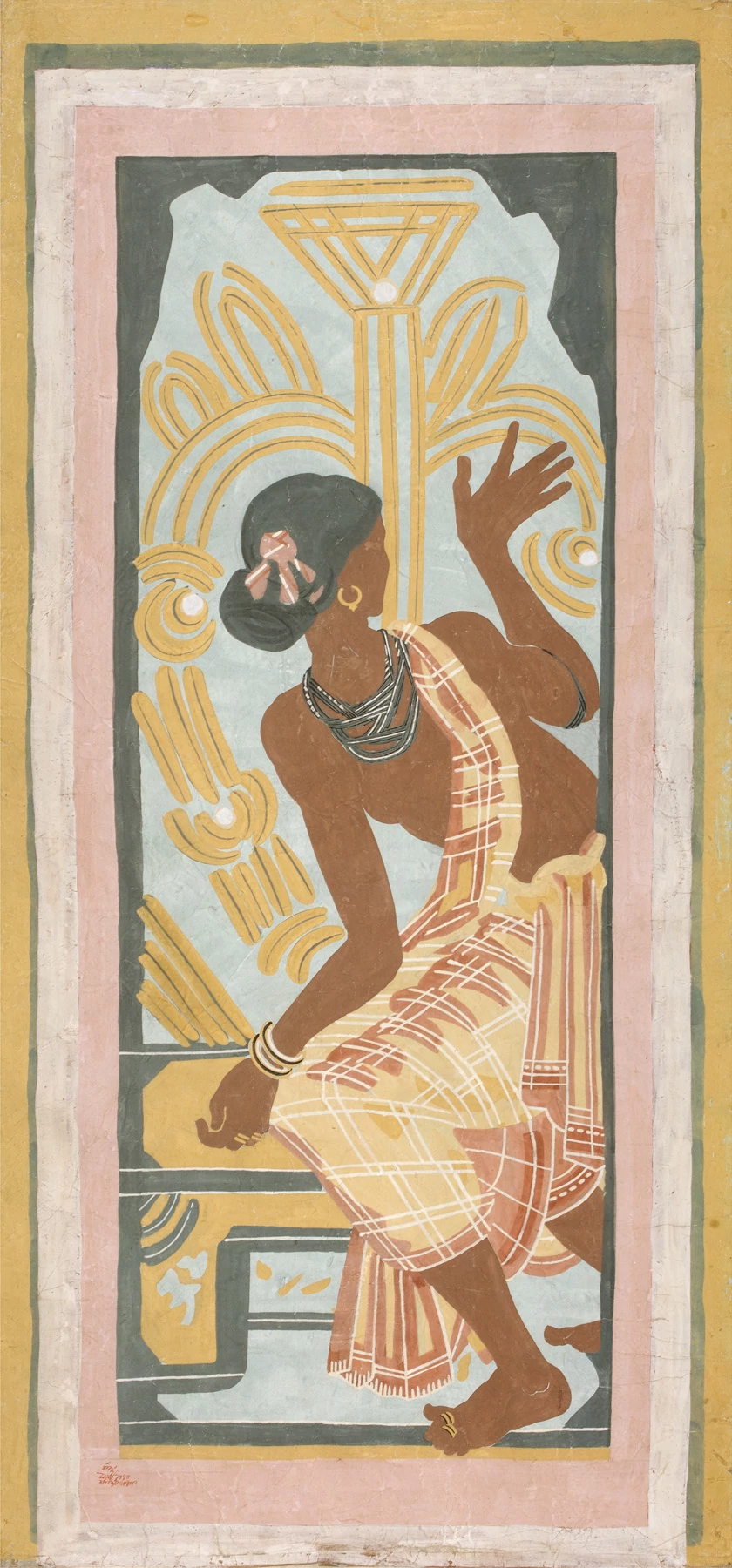
Santiniketan Nandalal Bose, 1933
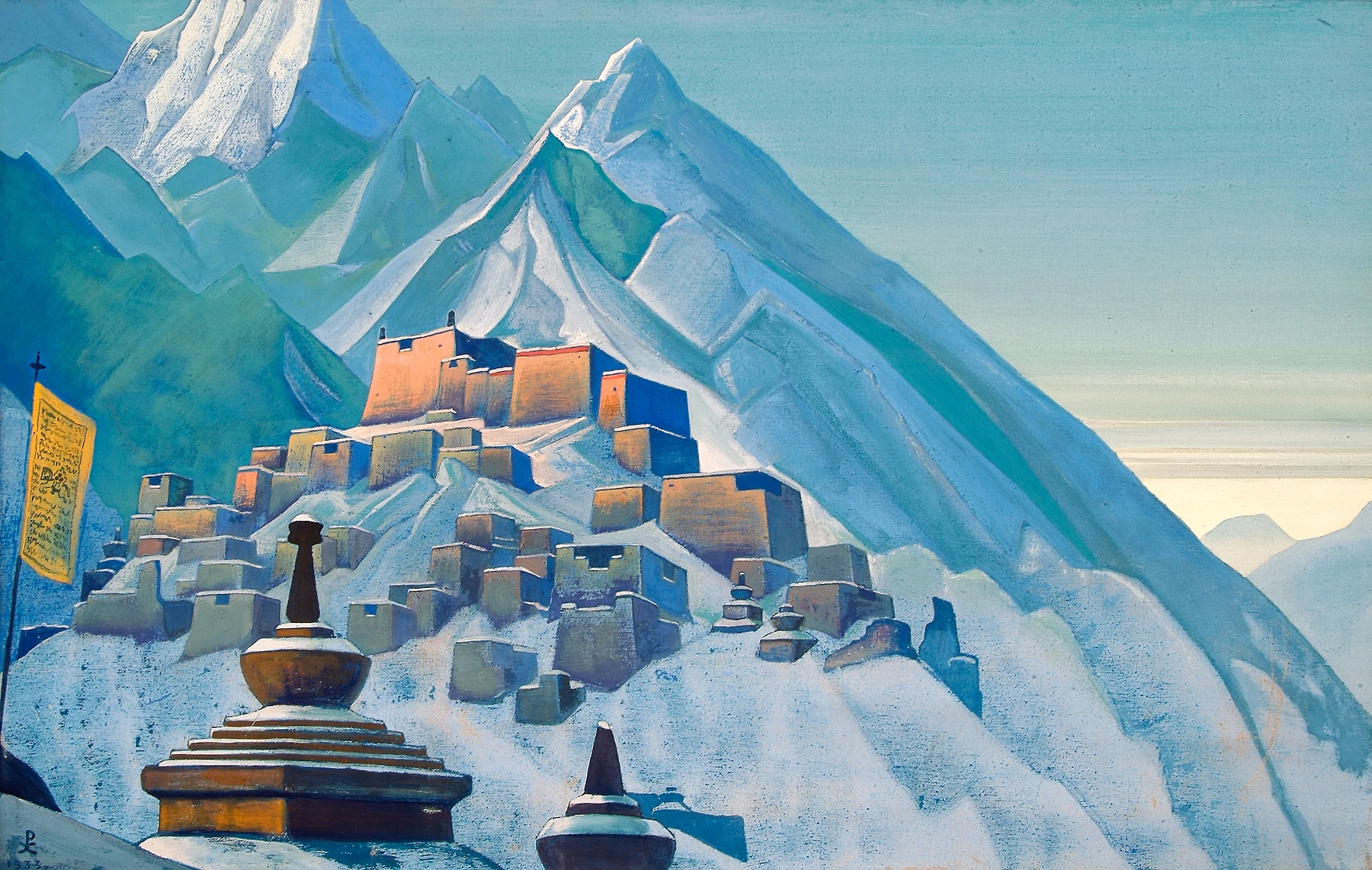
Tibet, Himalayas Nicholas Roerich, 1933
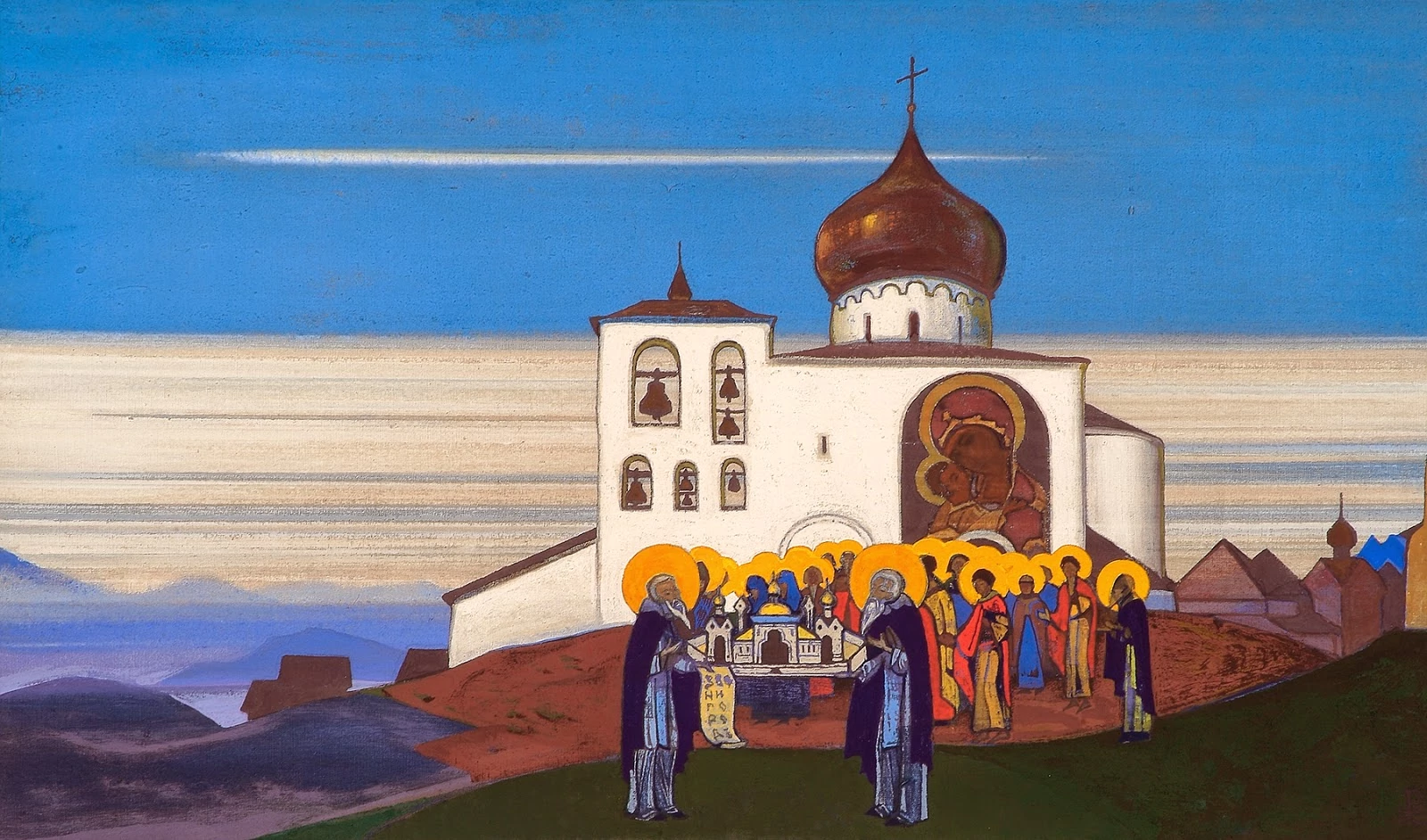
Zvenigorod Nicholas Roerich, 1933
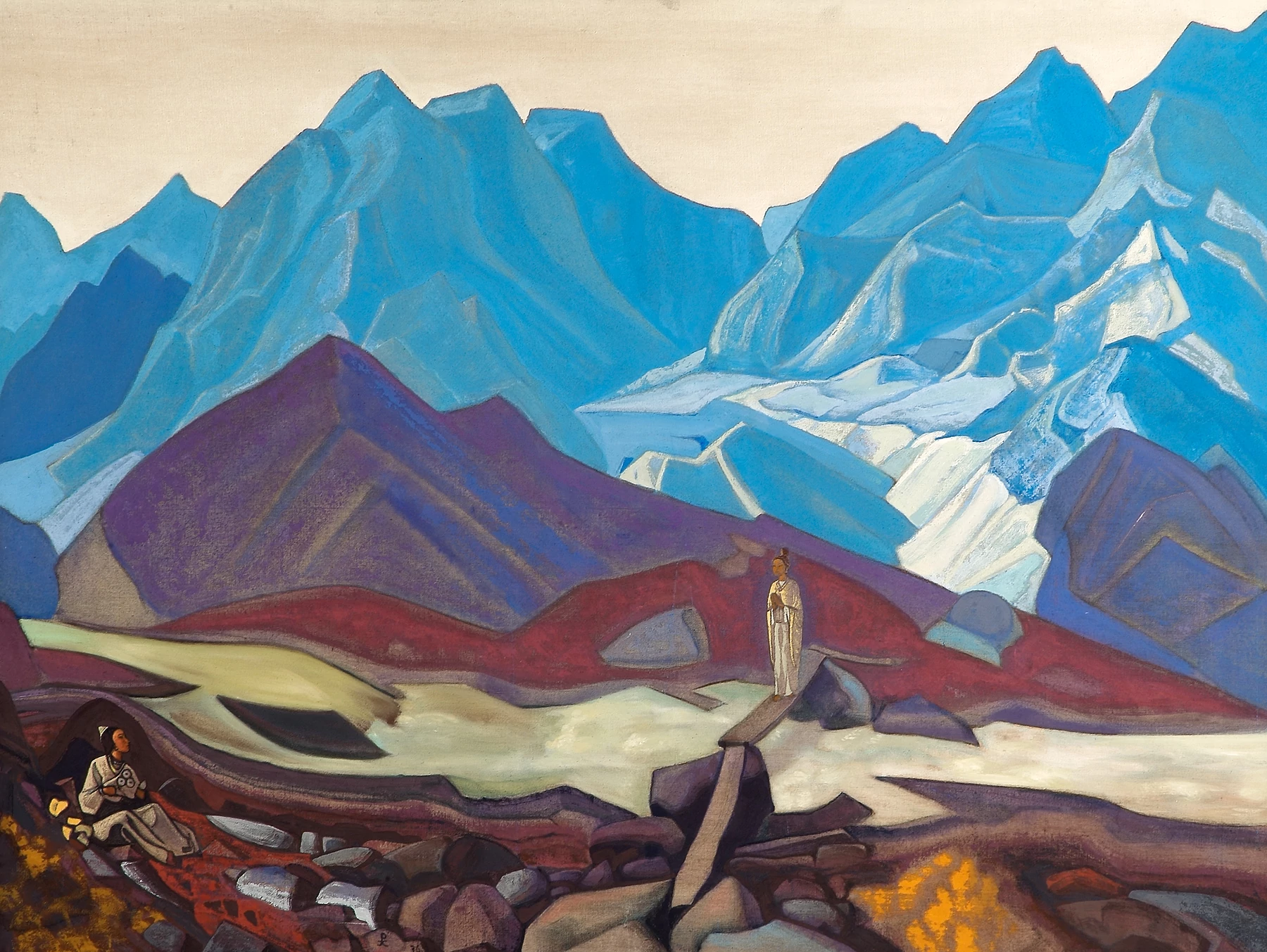
From Beyond Nicholas Roerich, 1936

Allegorical Composition Pavel Tchelitchew, 1936 – 1937
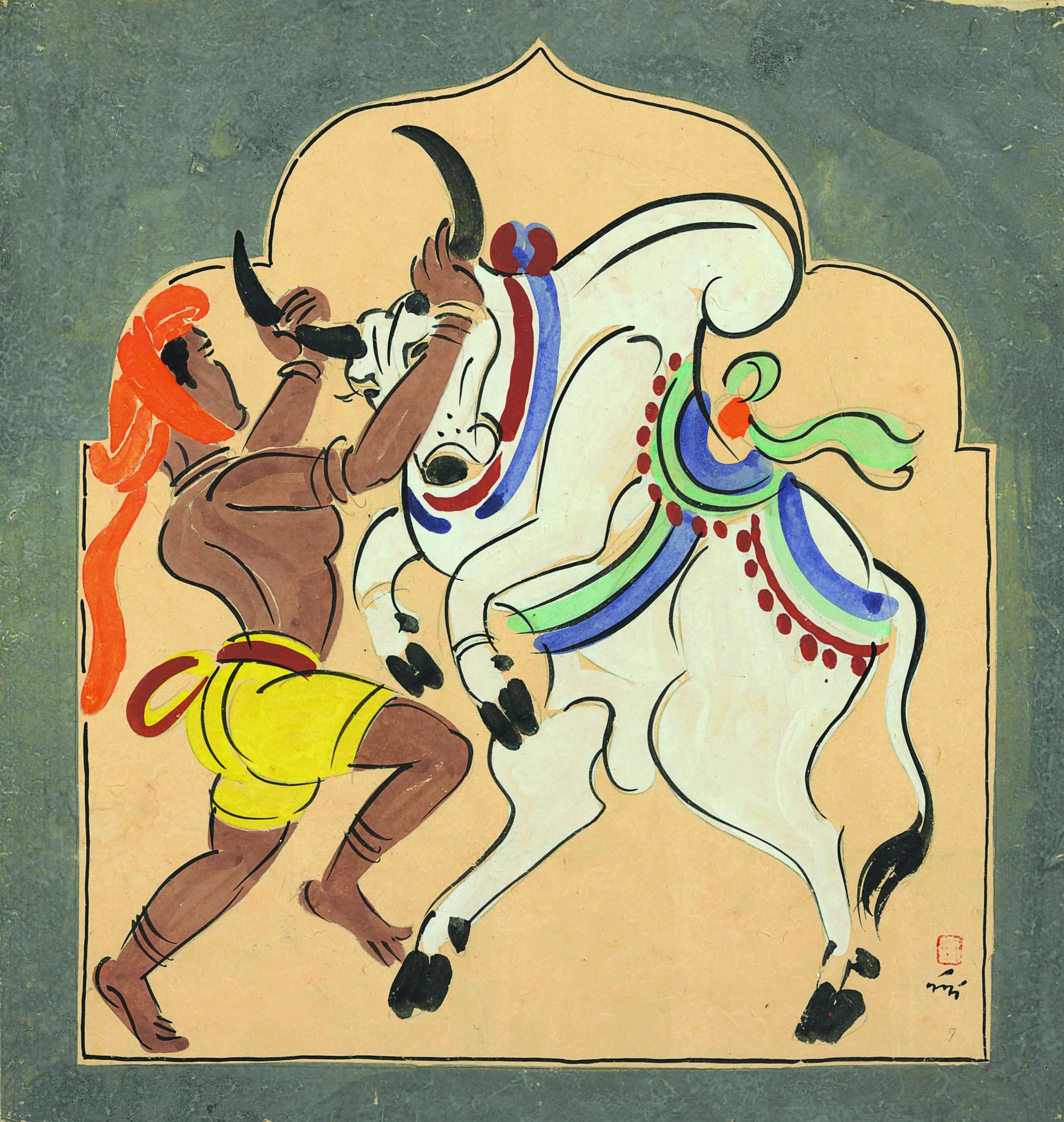
Bull Handler Haripura Nandalal Bose, 1937
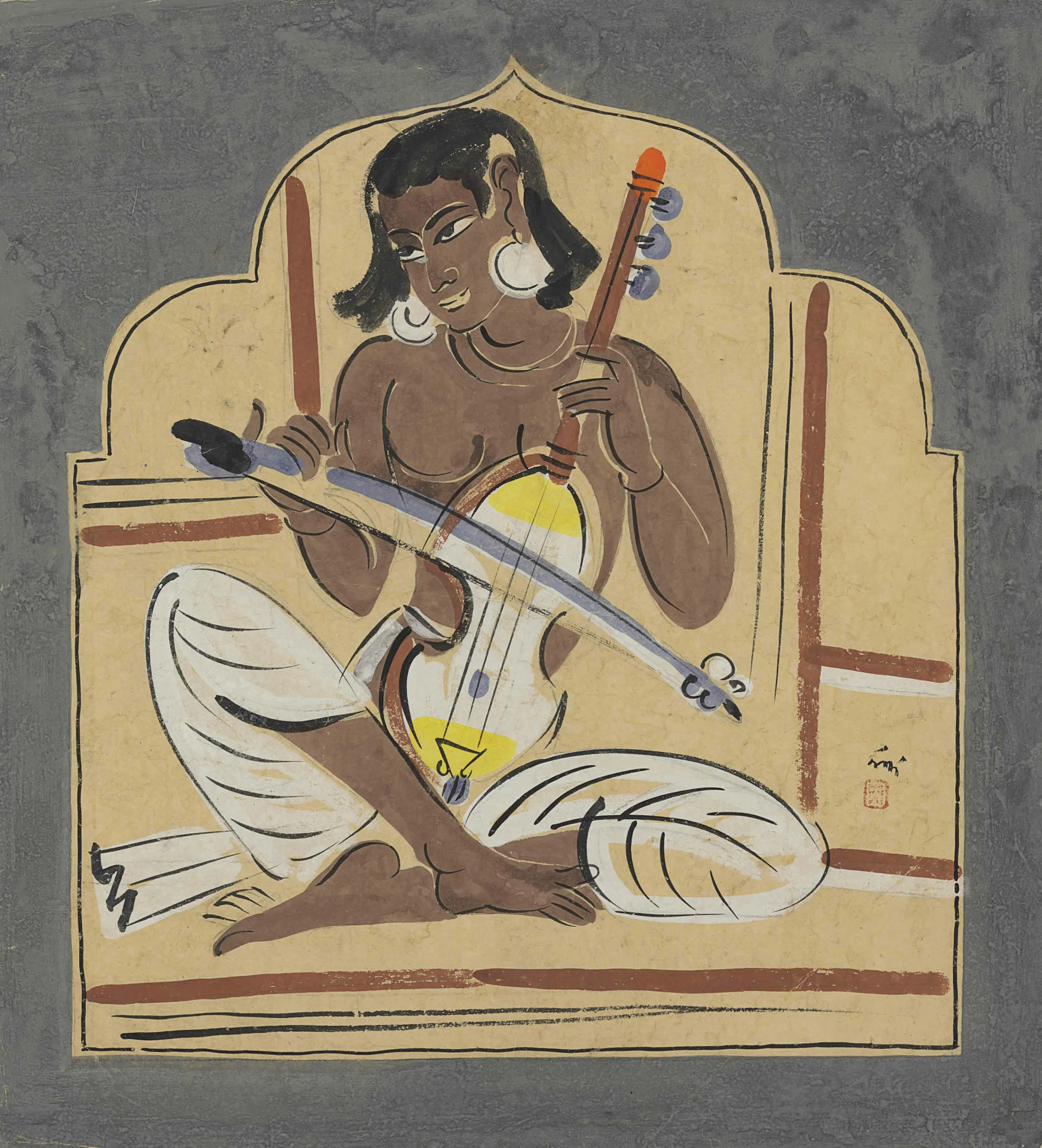
Esraj Player Nandalal Bose, 1937
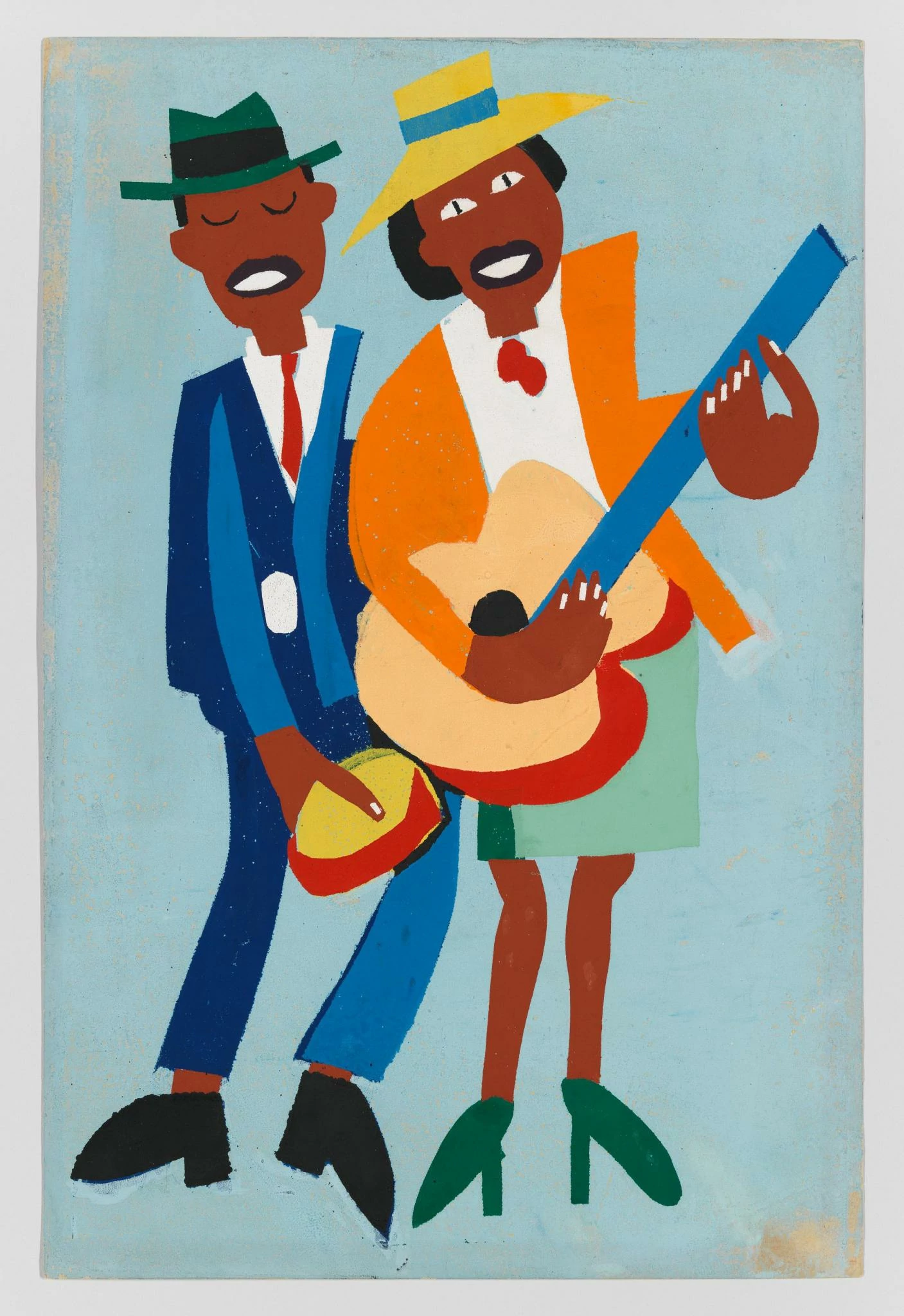
Blind Singer William H. Johnson, 1940

Migration Series No.1: During World War I there was a great migration north by southern African Americans Jacob Lawrence, 1940 – 1941
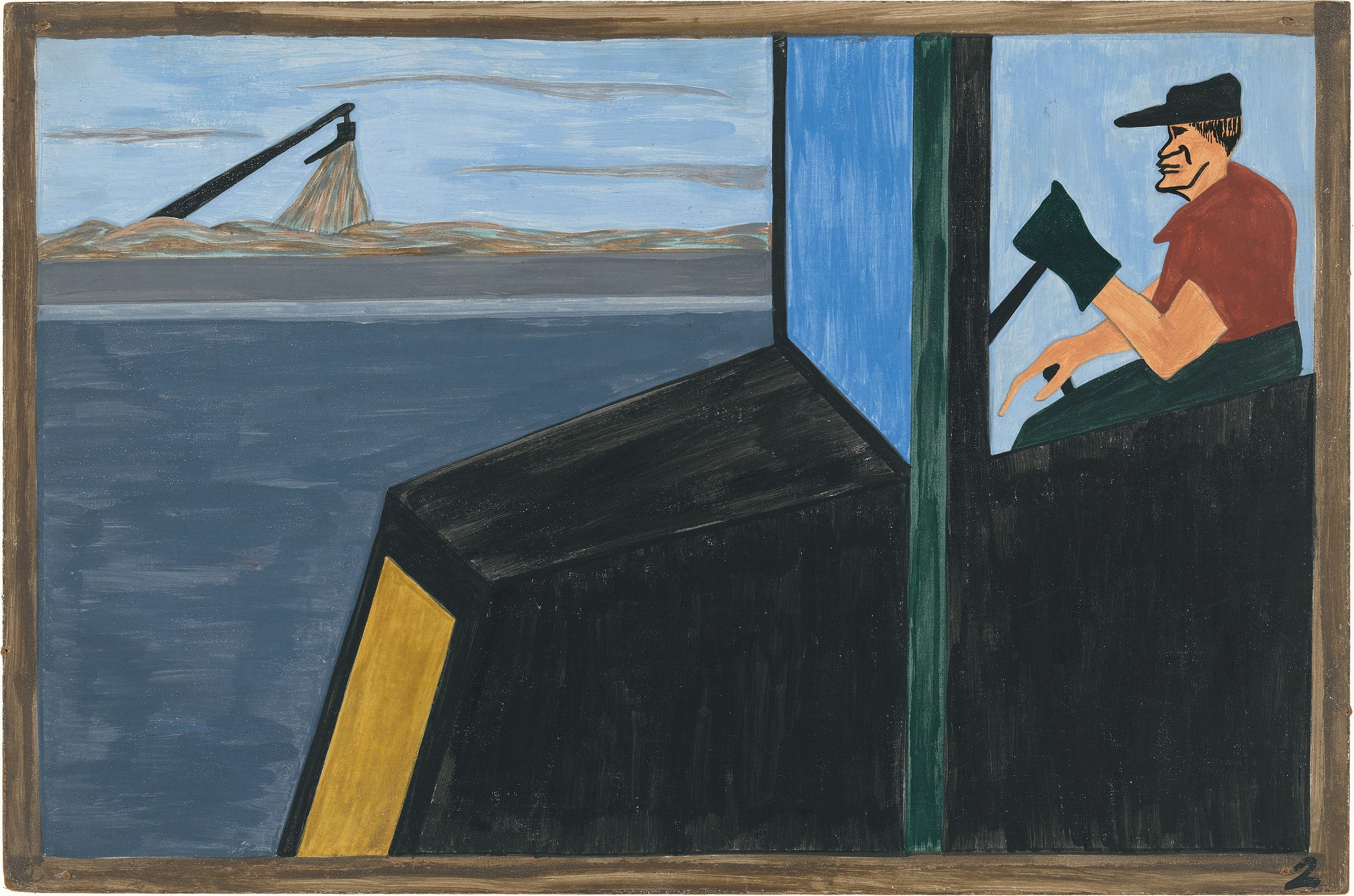
Migration Series No.2: The war had caused a labor shortage in northern industry. Citizens of foreign countries were returning to their native lands Jacob Lawrence, 1940 – 1941

Migration Series No.3: From every southern town migrants left by the hundreds to travel north Jacob Lawrence, 1940 – 1941

Migration Series No.4: All other sources of labor having been exhausted, the migrants were the last resource Jacob Lawrence, 1940 – 1941

Migration Series No.5: Migrants were advanced passage on the railroads, paid for by northern industry. Northern industry was to be repaid by the migrants out of their future wages Jacob Lawrence, 1940 – 1941

Migration Series No.6: The trains were crowded with migrants Jacob Lawrence, 1940 – 1941

Migration Series No.7: The migrant, whose life had been rural and nurtured by the earth, was now moving to urban life dependent on industrial machinery Jacob Lawrence, 1940 – 1941
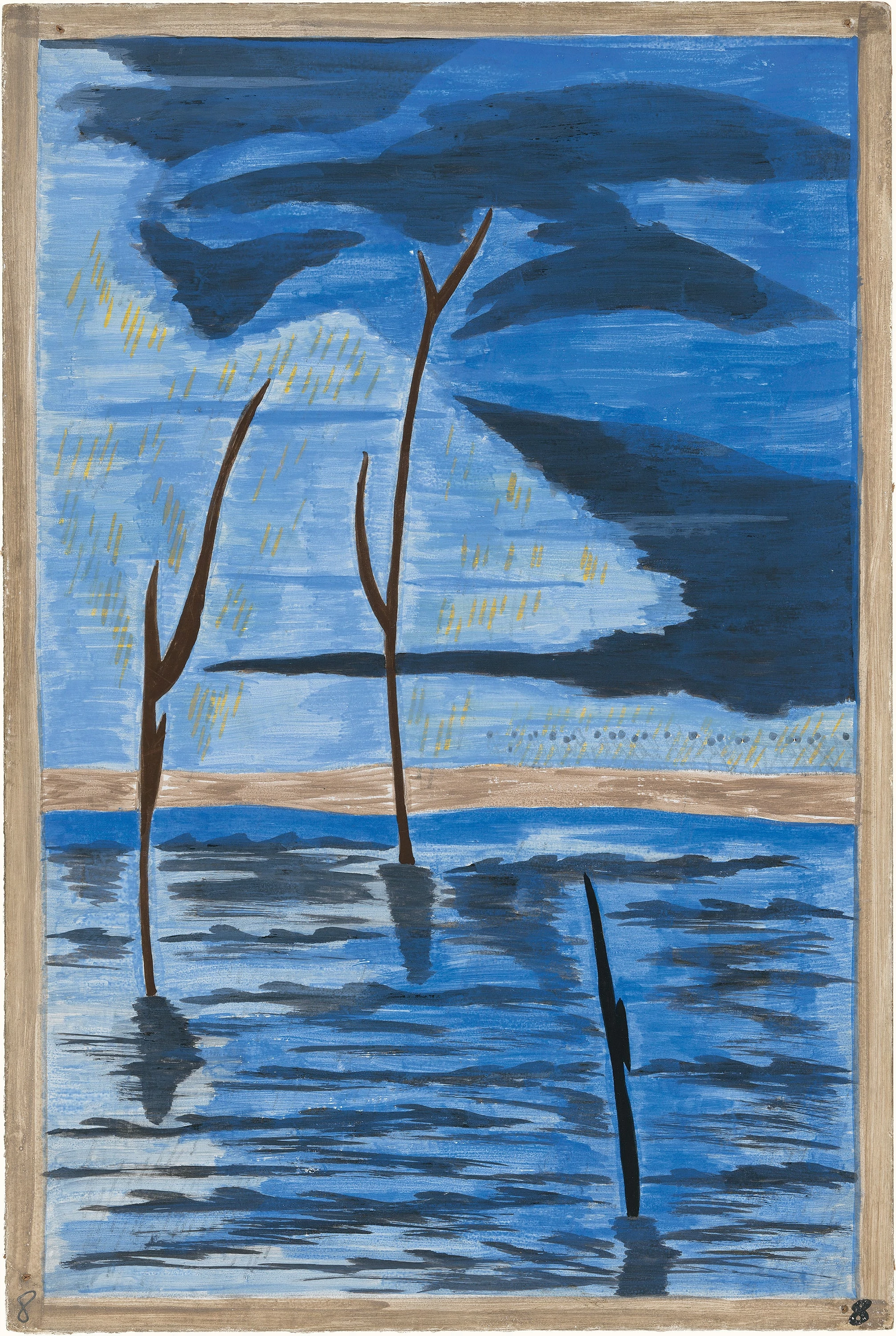
Migration Series No.8: Some left because of promises of work in the North. Others left because their farms had been devastated by floods Jacob Lawrence, 1940 – 1941
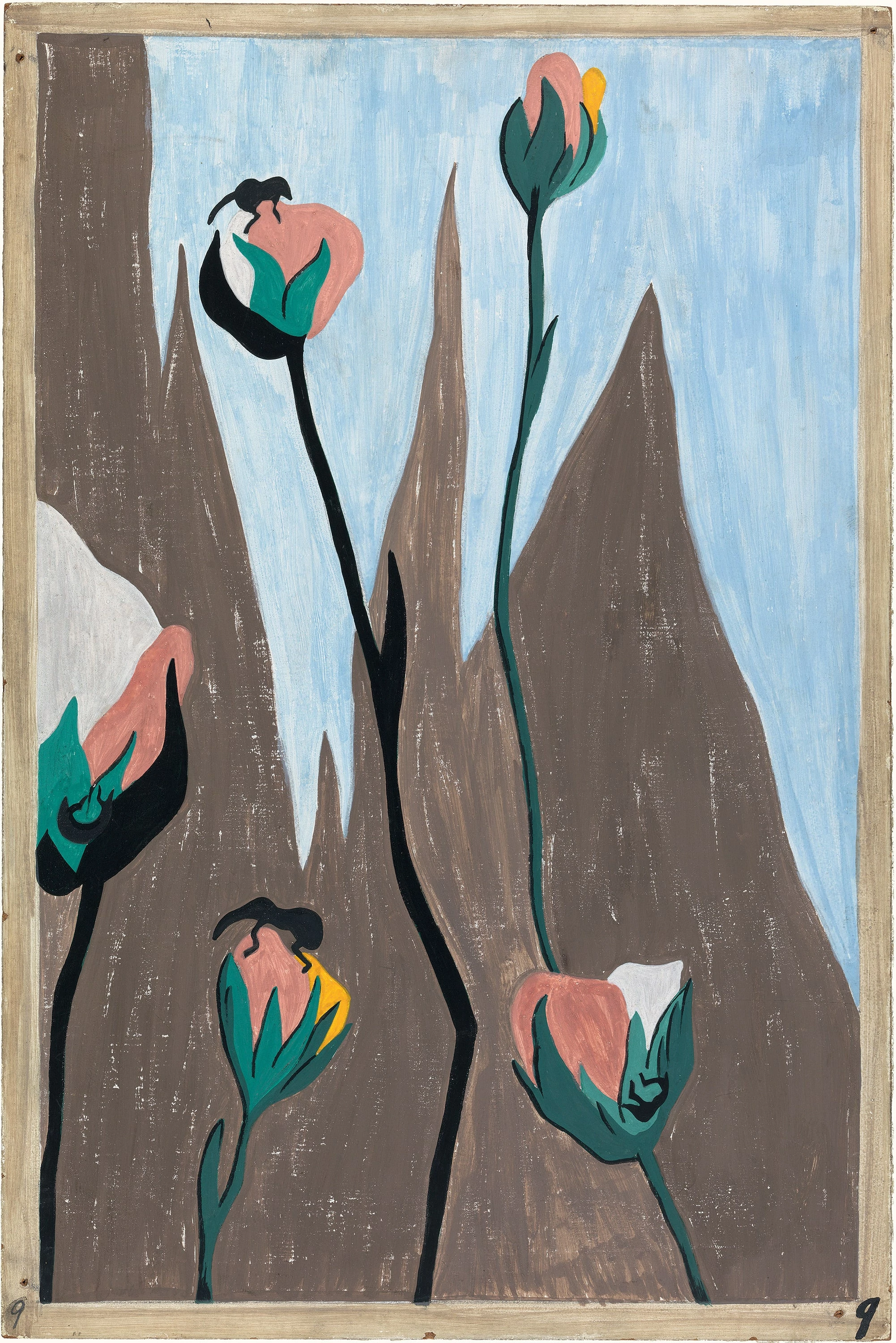
Migration Series No.9: They left because the boll weevil had ravaged the cotton crop Jacob Lawrence, 1940 – 1941
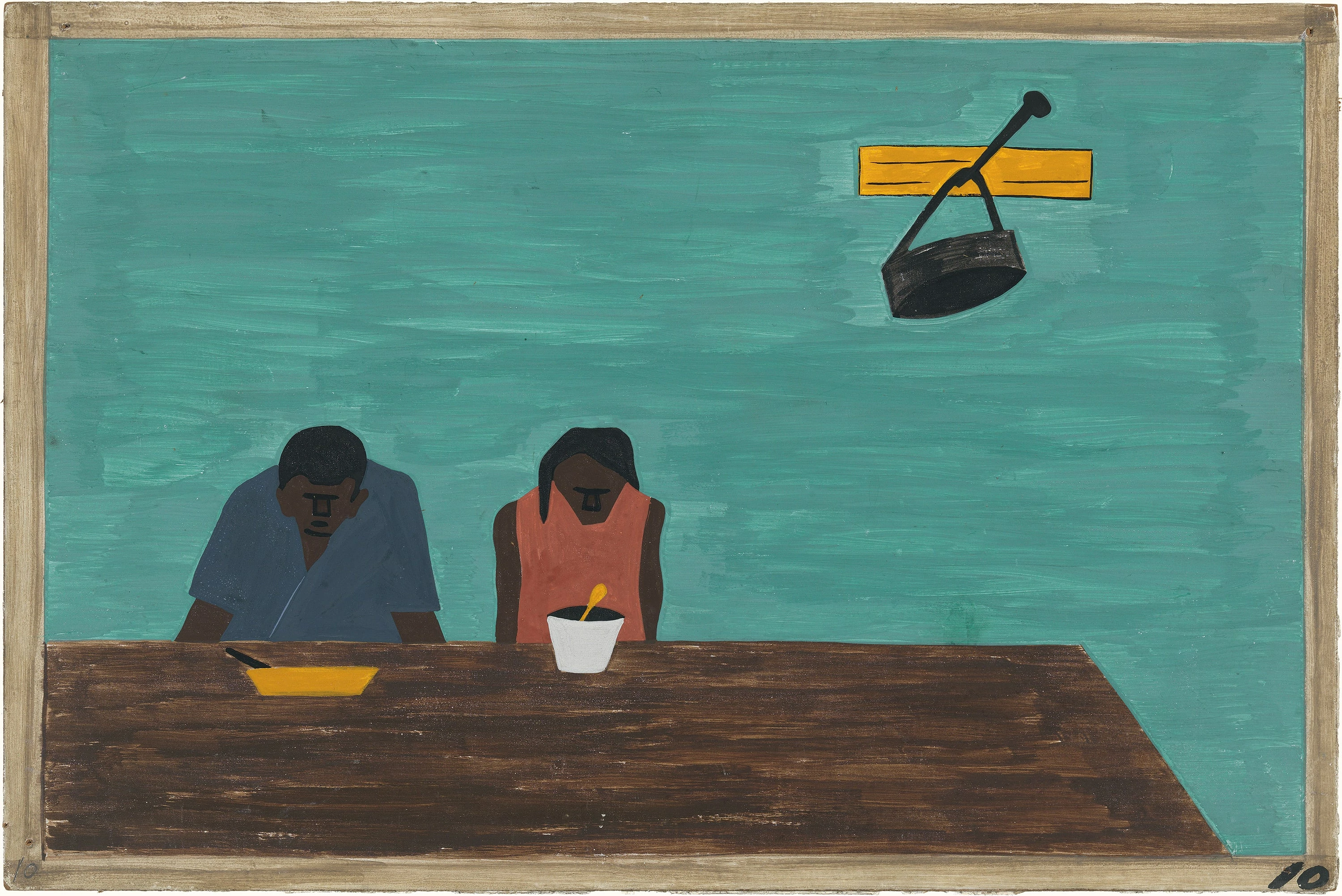
Migration Series No.10: They were very poor Jacob Lawrence, 1940 – 1941
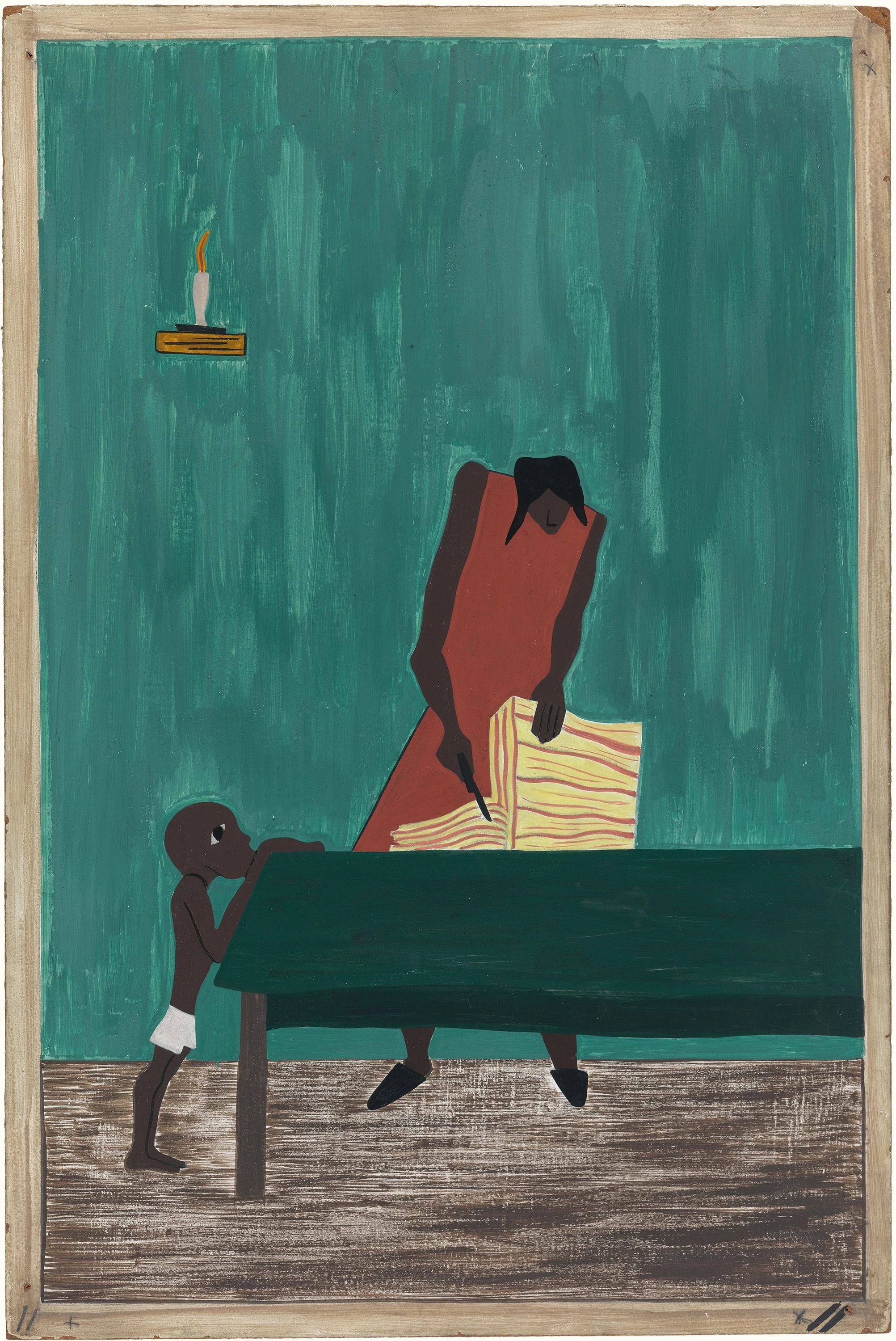
Migration Series No.11: Food had doubled in price because of the war Jacob Lawrence, 1940 – 1941
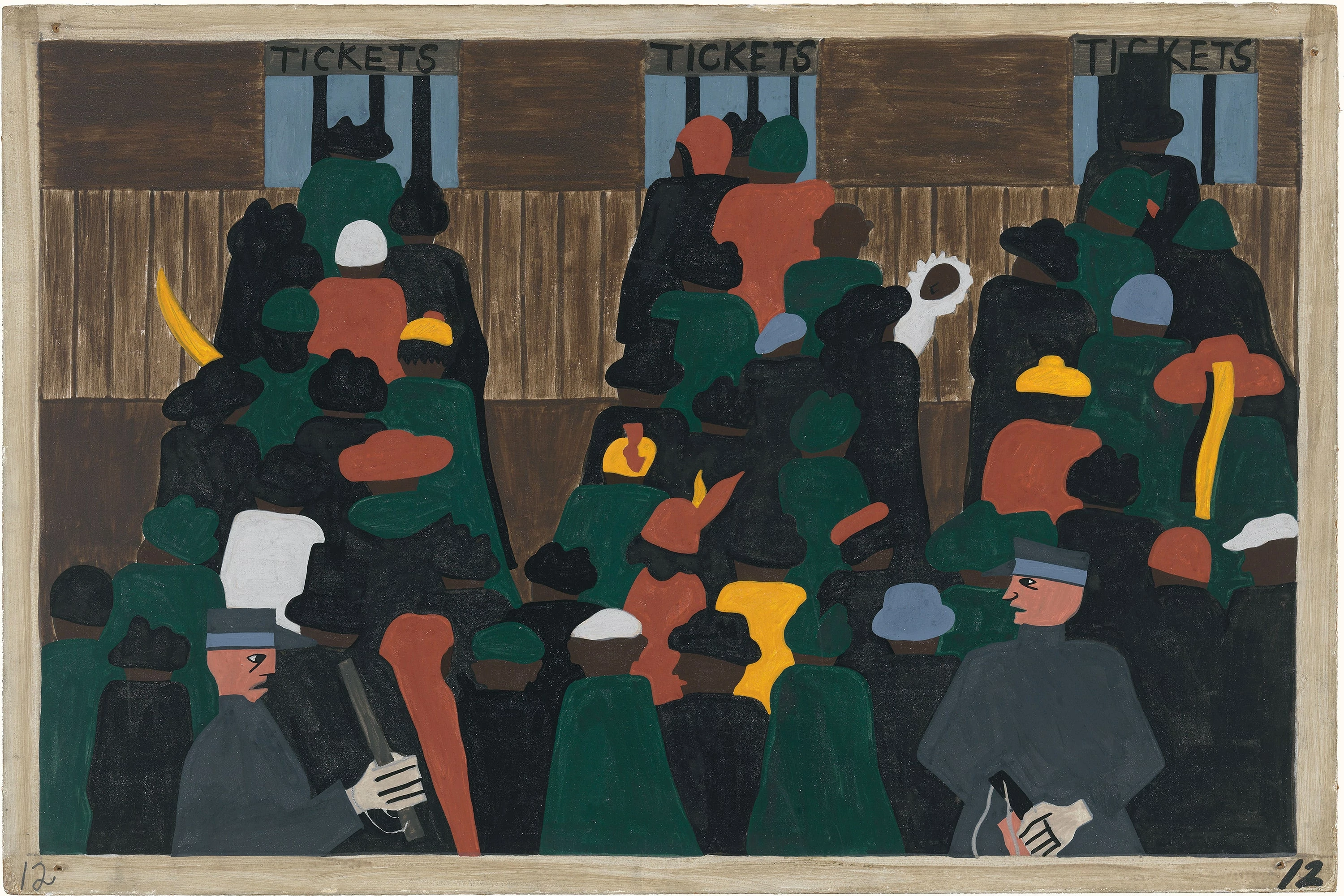
Migration Series No.12: The railroad stations were at times so crowded with people leaving that special guards had to be called to keep order Jacob Lawrence, 1940 – 1941
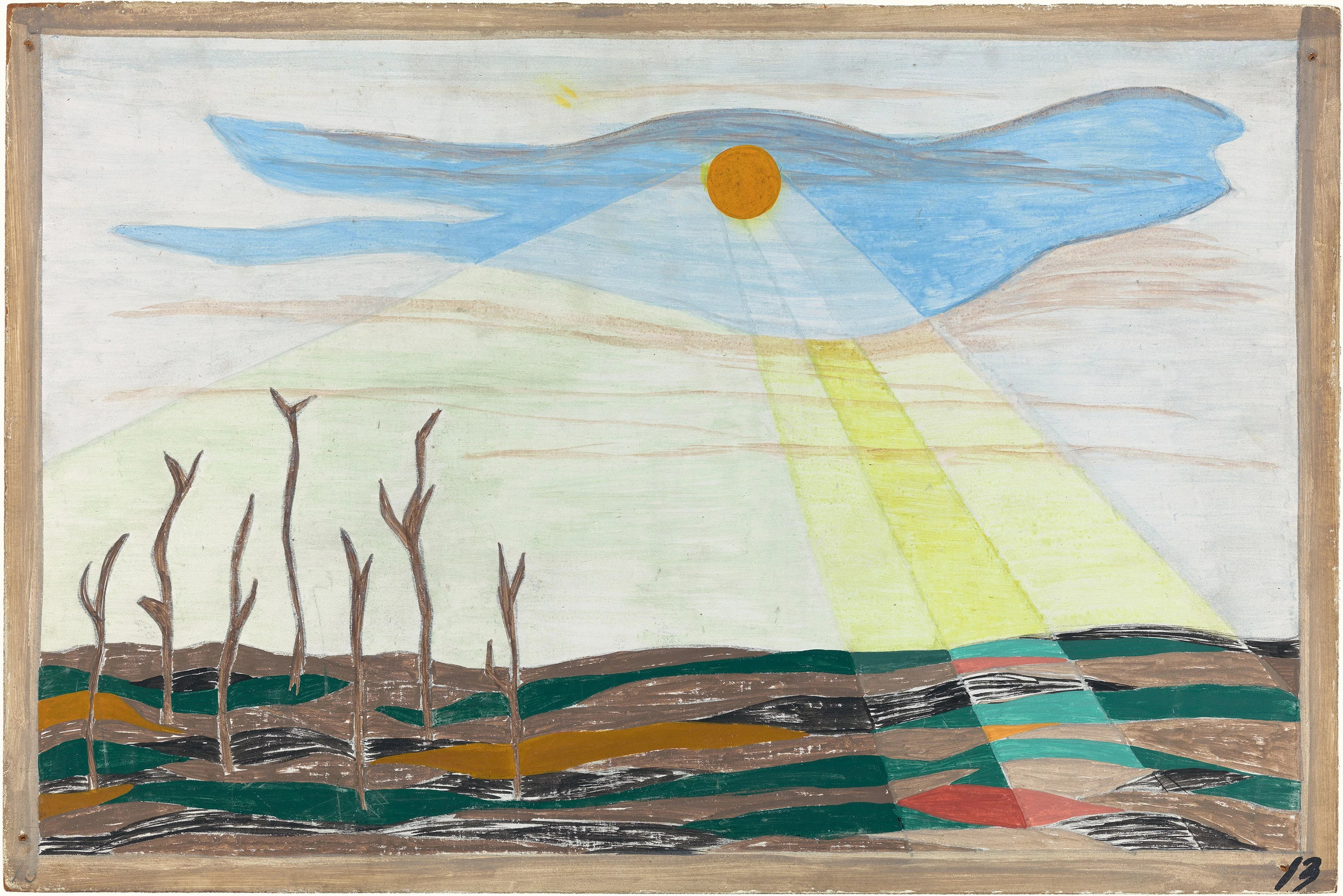
Migration Series No.13: The crops were left to dry and rot. There was no one to tend them Jacob Lawrence, 1940 – 1941

Migration Series No.14: For African Americans there was no justice in the southern courts Jacob Lawrence, 1940 – 1941

Migration Series No.15: There were lynchings Jacob Lawrence, 1940 – 1941
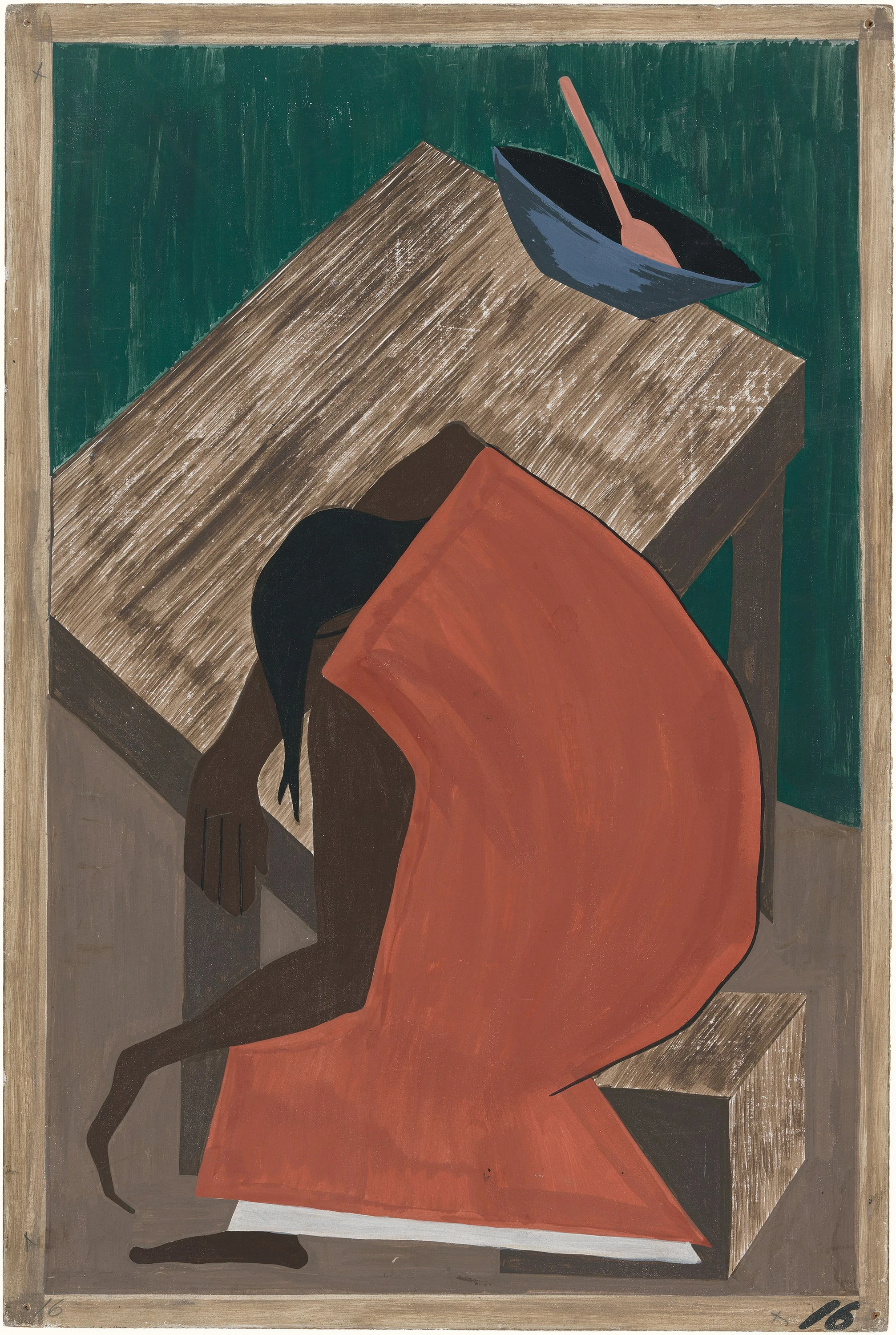
Migration Series No.16: After a lynching the migration quickened Jacob Lawrence, 1940 – 1941
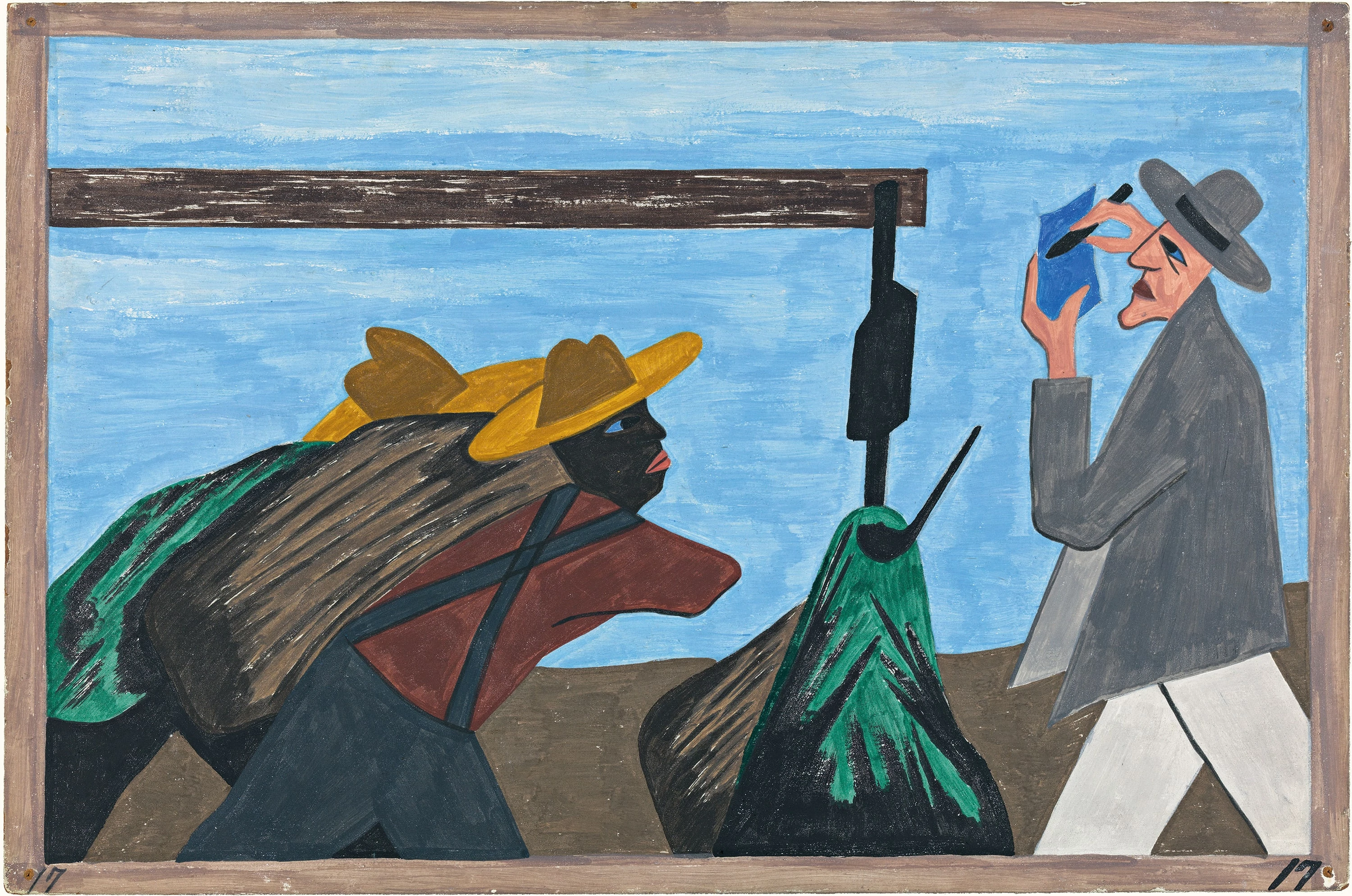
Migration Series No.17: Tenant farmers received harsh treatment at the hands of the planter Jacob Lawrence, 1940 – 1941

